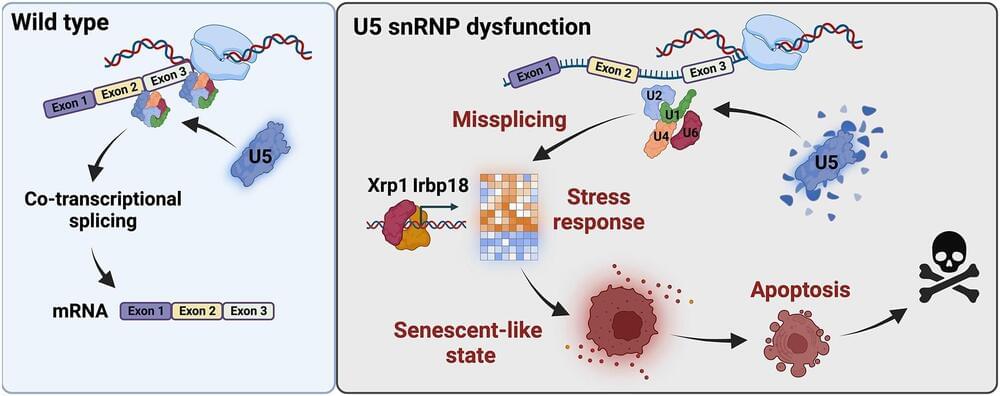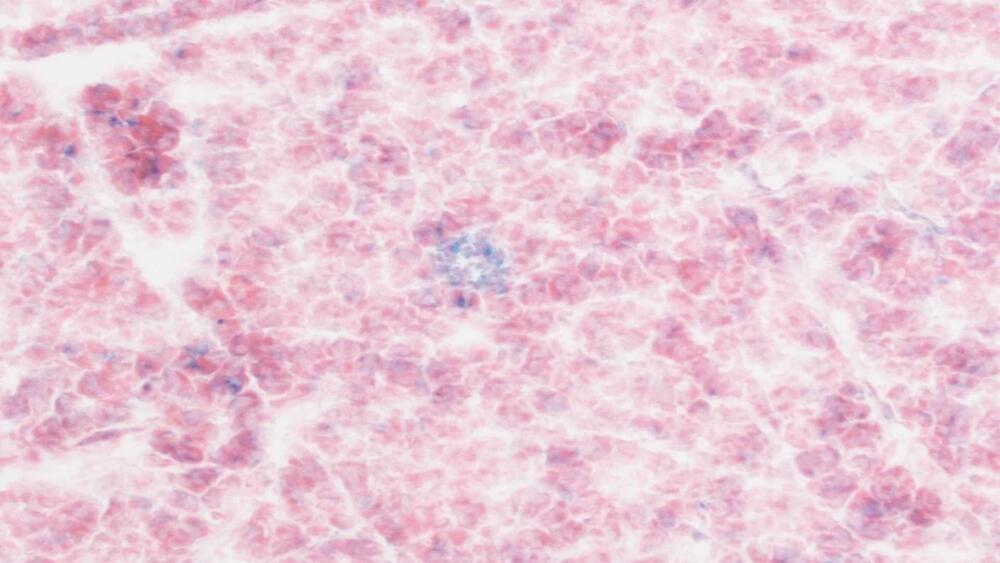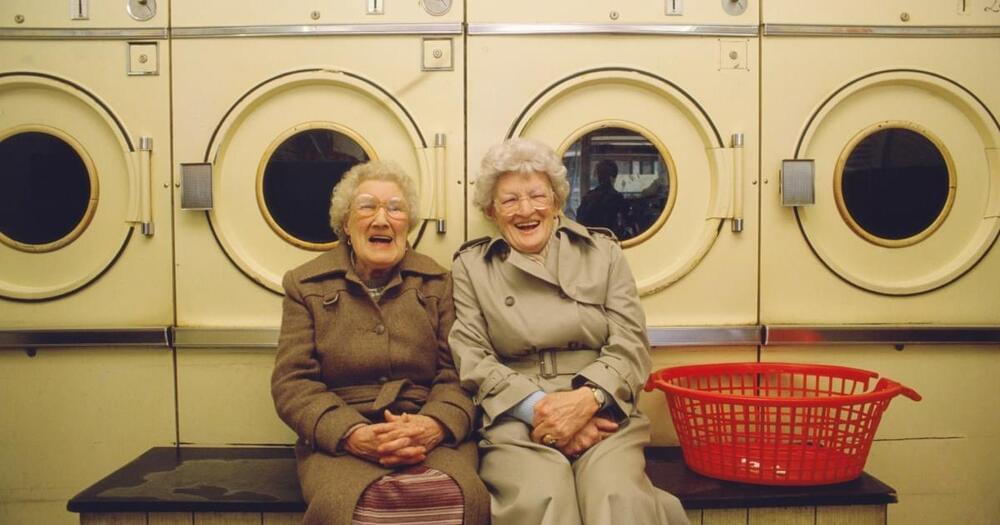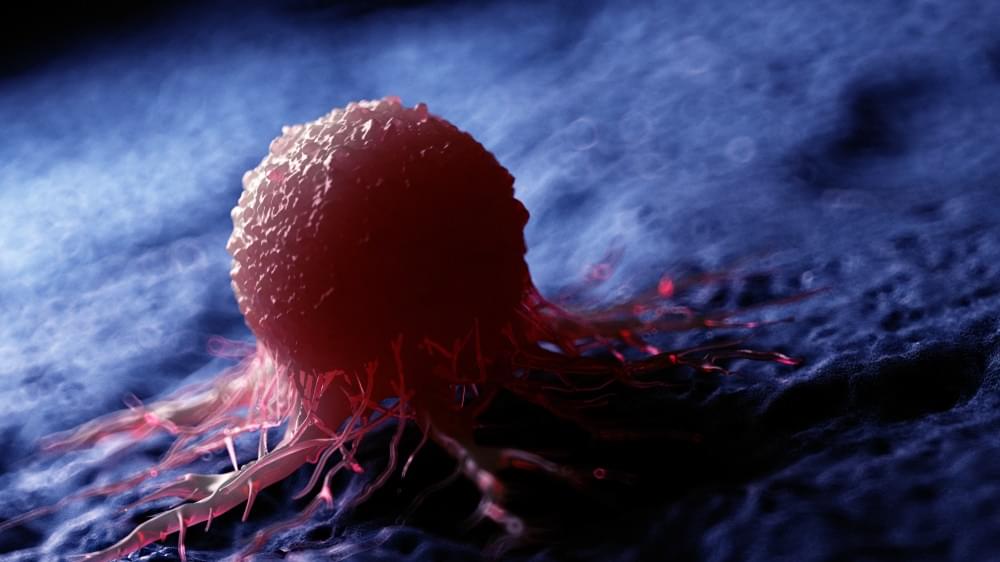— Anti-aging vaccine shows promise in mice — will it work in humans?
“This research is still in the early stages and may be a number of years from being available to patients,” Dr. David Pinato, a clinician scientist at Imperial College London’s Department of Surgery & Cancer and a consultant medical oncologist at Imperial College Healthcare NHS Trust, said in the statement. “But this trial is laying crucial groundwork that is moving us closer towards new therapies that are potentially less toxic and more precise.”
The first person treated in the U.K. arm of the trial wishes to remain anonymous, but said “I was pleased to be offered a chance to take part in a new trial.”






